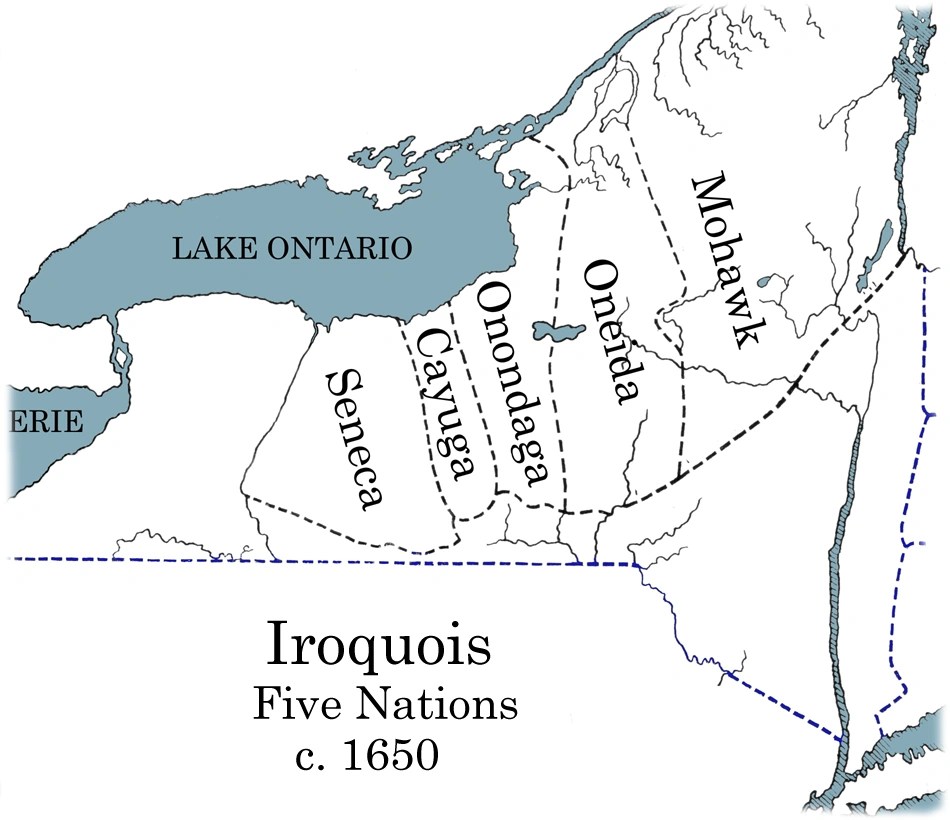Lo she is one of this confederacy – As Lo She, a prominent confederacy, takes center stage, this exploration delves into its rich history, intricate organization, and enduring legacy, offering a comprehensive understanding of its significance in the annals of time.
Lo She Confederacy, a formidable alliance, emerged as a powerful force, shaping the cultural and political landscape of its era. Its origins, structure, social practices, economic endeavors, military prowess, and cultural exchange will be examined in detail, providing a nuanced perspective on this captivating confederacy.
Historical Background of Lo She Confederacy

The Lo She Confederacy, a prominent alliance of Shan tribes, emerged in the 16th century in the mountainous regions of present-day Myanmar. It was formed by several Shan principalities seeking to consolidate their power and defend against external threats. The confederacy played a significant role in the political and cultural landscape of the region.
Origins and Formation
The origins of the Lo She Confederacy can be traced back to the 14th century, when the Shan people migrated from southern China into the region. Over time, they established a number of small principalities in the Shan Plateau. In the early 16th century, these principalities faced increasing pressure from the Burmese and Siamese kingdoms.
To counter this threat, the Shan leaders formed the Lo She Confederacy, a loose alliance of principalities under the leadership of Sao Hso Khan Fa. The confederacy provided a united front against external aggression and allowed the Shan people to maintain their independence.
Geographical Location and Cultural Significance
The Lo She Confederacy occupied a strategic geographical location in the Shan Plateau, controlling important trade routes between Burma, Siam, and China. The region was rich in natural resources, including silver, lead, and teak, which contributed to the confederacy’s economic prosperity.
The Shan people had a distinct culture and language, which was influenced by both Burmese and Chinese traditions. The confederacy played a key role in preserving and promoting Shan cultural identity.
Structure and Organization of the Confederacy

The Lo She Confederacy was a loosely organized alliance of Shan principalities, each with its own leader and territory. The confederacy was led by a paramount chief, known as the Sawbwa, who was elected by the leaders of the constituent principalities.
Key Leaders and Tribes
The Sawbwa was the highest authority in the confederacy, responsible for overseeing foreign policy, military affairs, and the administration of justice. Prominent Sawbwas included Sao Hso Khan Fa, who founded the confederacy, and Sao Wilangtha, who led the confederacy during its peak in the 18th century.
The confederacy consisted of several major Shan tribes, including the Tai Yai, Tai Lue, and Tai Khun. Each tribe had its own territory and was led by a hereditary chief, known as a Myosa.
Decision-Making and Governance
Decision-making in the Lo She Confederacy was based on consensus among the constituent principalities. The Sawbwa consulted with the Myosas on important matters, and decisions were made through a process of deliberation and negotiation.
The confederacy had a rudimentary system of governance, with each principality responsible for its own internal affairs. However, the Sawbwa could intervene in the affairs of a principality if there was a threat to the confederacy’s unity or security.
Social and Cultural Practices
The Shan people of the Lo She Confederacy had a rich and diverse culture, which was influenced by both Burmese and Chinese traditions.
Family Structures and Marriage Practices
The Shan family was typically patrilineal, with inheritance passing from father to son. Marriage was arranged by the parents, and polygamy was practiced among the elite.
Social Hierarchy, Lo she is one of this confederacy
The Shan society was divided into a hierarchical system, with the Sawbwa at the top. Below the Sawbwa were the Myosas, followed by the commoners. Slaves, who were mostly captured in raids, occupied the lowest rung of the social ladder.
Religion and Spiritual Beliefs
The Shan people practiced a form of Theravada Buddhism, which was influenced by animistic beliefs. They believed in a pantheon of spirits, which they venerated through offerings and rituals.
Economic Activities and Trade
The Lo She Confederacy’s economy was based on agriculture, hunting, and trade. The Shan people cultivated rice, vegetables, and fruits in the fertile valleys of the Shan Plateau.
Agriculture
Rice was the staple crop of the Shan people, and it was grown in irrigated fields using a system of canals and dikes. Other crops included corn, beans, and cotton.
Hunting
Hunting was an important source of food and income for the Shan people. They hunted a variety of animals, including deer, wild boar, and elephants.
Trade
The Lo She Confederacy controlled important trade routes between Burma, Siam, and China. The Shan people traded a variety of goods, including silver, lead, teak, and cotton.
Military and Warfare

The Lo She Confederacy had a formidable military force, which was essential for maintaining its independence and defending against external threats.
Military Organization
The confederacy’s army was organized on a feudal basis, with each principality contributing a contingent of troops. The army was led by the Sawbwa, who was also the commander-in-chief.
Weapons and Tactics
The Shan warriors were skilled in archery, swordsmanship, and elephant warfare. They used a variety of weapons, including bows and arrows, spears, and swords.
Notable Battles
The Lo She Confederacy fought numerous battles against its enemies, including the Burmese and Siamese kingdoms. One of the most famous battles was the Battle of Chiang Mai in 1558, in which the Shan army defeated the Burmese forces and captured the city of Chiang Mai.
Cultural Exchange and Influence
The Lo She Confederacy played a significant role in the cultural exchange between the Shan people and their neighbors. The confederacy’s influence can be seen in the art, music, and language of the region.
Cultural Exchange
The Shan people traded with and interacted with a variety of neighboring cultures, including the Burmese, Siamese, and Chinese. This led to a cross-fertilization of ideas and artistic styles.
Influence on Art and Music
The Shan people are known for their skilled craftsmanship, and their art is influenced by both Burmese and Chinese traditions. Shan music is also distinctive, and it incorporates elements of both Burmese and Siamese music.
Influence on Language
The Shan language is a member of the Tai language family, and it is closely related to Thai and Lao. However, the Shan language has also been influenced by Burmese and Chinese, and it contains a number of loanwords from these languages.
FAQ Summary: Lo She Is One Of This Confederacy
When did the Lo She Confederacy form?
Historical records indicate the formation of the Lo She Confederacy around the 10th century.
What were the primary economic activities of the Lo She Confederacy?
Agriculture, hunting, and trade formed the economic backbone of the Lo She Confederacy.
How did the Lo She Confederacy maintain its power and influence?
A combination of military strength, strategic alliances, and cultural diplomacy contributed to the Lo She Confederacy’s enduring power and influence.